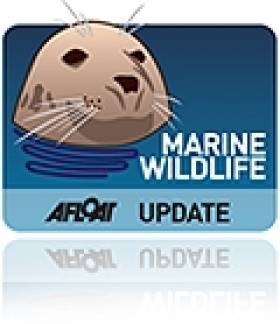Displaying items by tag: Vostok
'New Life' Discovered In Antarctic Lake
#MarineLife - Scientists from Russia say they have found a new form of bacterial life in Antarctic water cut off from the surface for millions of years, as BBC News reports.
The research team at Vostok, the largest subglacial lake on the continent of Antarctica, are studying samples of bacteria from water released after drilling through some 4km of ice to the lake beneath.
The body of water at Vostok is believed to have been isolated for so long that the possibility of it hosting microbial life new to science is high - and scientists say their initial findings are promising.
"We are calling this life form unclassified and unidentified," said geneticist Dr Sergei Bulat of the St Petersburg Institute of Nuclear Physics, who added that one particular form of bacteria has DNA less than 86% similar to known strains.
"A level of 90% usually means that the organism is unknown," he said.
These astounding new findings are however pending verification by other experts before any confirmation can be made.
BBC News has more on the story HERE.
























































